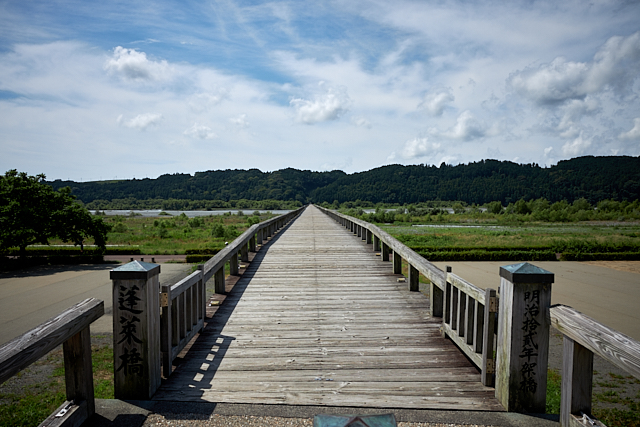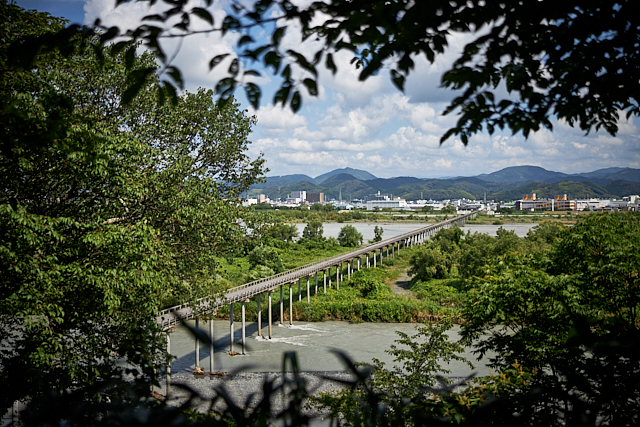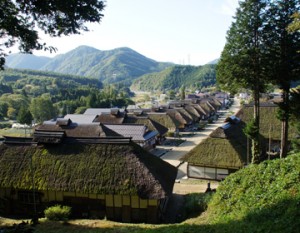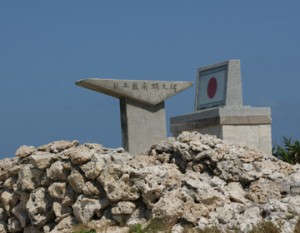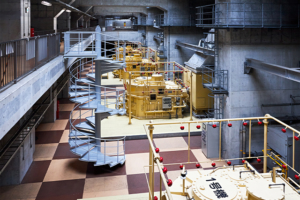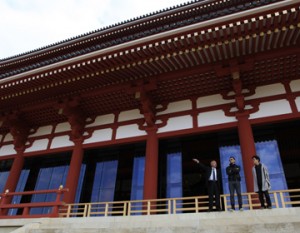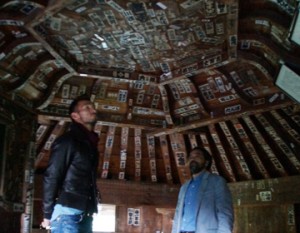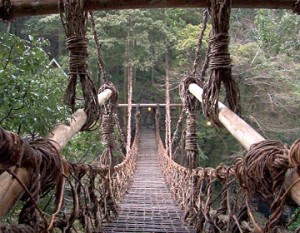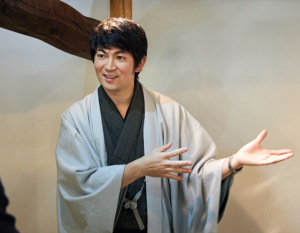Horai Bridge, the world’s longest wooden pedestrian bridge
In the Edo period (1603-1867), the Oigawa River was said to be one of the most difficult sections of the Tokaido Highway, and the poem “Hakone 8 ri can be crossed by horse, but not by the Oigawa River” was written about it. It is a first-class river that flows through the center of Shizuoka Prefecture and eventually empties into Suruga Bay. The river has long been flooded by heavy rains, and is often stopped by the river.
In addition to the fact that bridges could not be built using the technology of the time due to the river’s width, slope, and other topographical problems, the river also served as the western defensive position for Sunpu Castle, where Ieyasu Tokugawa lived in seclusion, and therefore it was prohibited to build bridges or even ferry boats across the river. The only way to cross the Oigawa River was to be carried across on the shoulders of a kawago-ninshoku, or in a portable shrine-like vehicle called a palanquin. Toll booths for crossing the river, called kawakai-sho, were established in Shimada and Kanaya on both sides of the river, and each developed as a hub for crossing the Oi River. At its peak, there were as many as about 1,000 Kawakoshi trespassers, creating enormous concessions for the Kawakaijosho and the inn towns.
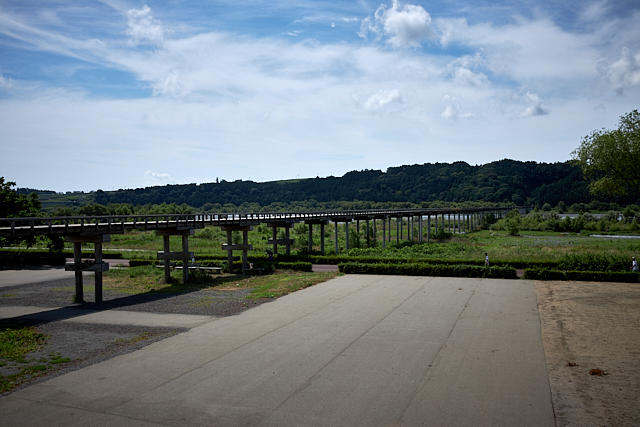
Horai Bridge, a popular tourist attraction as a power spot
In the Meiji era (1868-1912), bridges were permitted to be built across the Oi River, and the Horai Bridge was built in 1872. Since its construction, the Horai Bridge has suffered from flood damage many times, but in 1997, it was recognized by the Guinness Book of Records as “the world’s longest wooden pedestrian bridge,” and has been used for filming movies and TV dramas, attracting many tourists. The bridge is also popular as a power spot for good luck due to the word “yaku-nashi” (no bad luck).
Originally a farm road connecting Shimada-juku and the Makinohara Plateau, the bridge has become a tourist attraction with cafes and souvenir stores in the neighborhood. When viewed from the Shimada-juku side, the 2.4-meter-wide bridge stretches straight out toward the mountain greenery on the other side of the river, with the goal point completely hidden from view. Many tourists pay a toll of 100 yen (for adults) to cross this bridge. When I asked Nakata, who rarely visits tourist spots that appear in guidebooks, why he wanted to come here, he replied, “I thought the scenery was kind of nice. When we started walking, we found it quite enjoyable. The railing is low and there is nothing to block the view. The view was indeed spectacular. The bridge, which only pedestrians and cyclists are allowed to cross, is almost flat and has a low visibility. The water is flowing right under your eyes and you can hear the sound of it. It is as if we are standing in the middle of the Oi River. The sun is strong, but the breeze coming across the river is pleasant. I simply walk back and forth across the bridge with no particular goal in mind. It was a refreshing experience to take a walk on the river, which takes about 30 minutes round trip even if you walk slowly. Don’t underestimate a tourist spot. More to the point, I admired Nakata’s wise eyes in selecting “this is the place to go” from among the numerous tourist spots.
